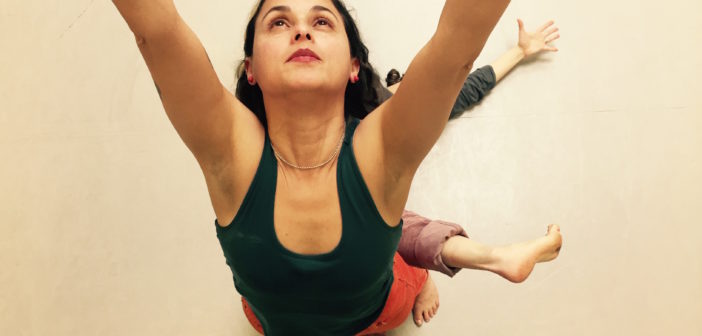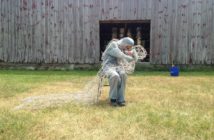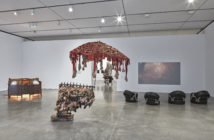In this conversation with dancer and performance artist Jimena Bermejo, we explore the interdependent themes of belonging, immigration, borders, and human relationships in regards to dance and performance art. With a background in dance and theater, Bermejo’s practice centers on creating intimate relationships with audience members by inviting them to be physically more engaged in her work.
Silvi Naçi: Let’s start from the beginning with your childhood. Your mom was a singer, and your dad was an actor. I also want to know more about grandfather’s show in which you performed in. How did this start?
Jimena Bermejo: My grandfather met my grandmother in Argentina. Soon after they married, they started a duo performance show. After having superstitions that he would die, my grandfather moved the whole family with their four kids back to Mexico, his homeland. My grandparents later expanded the show to Los Abuelitos (The Grandparents), performing for kids around Mexico. The show featured singing, acting, and puppetry. I soon had memorized all the acting. At a show in Chiapas, the puppeteers did not show up, so I volunteered to perform the entire show. Later on my stepfather actually included me in the writing and I continued to perform with them. This continued for a long time.
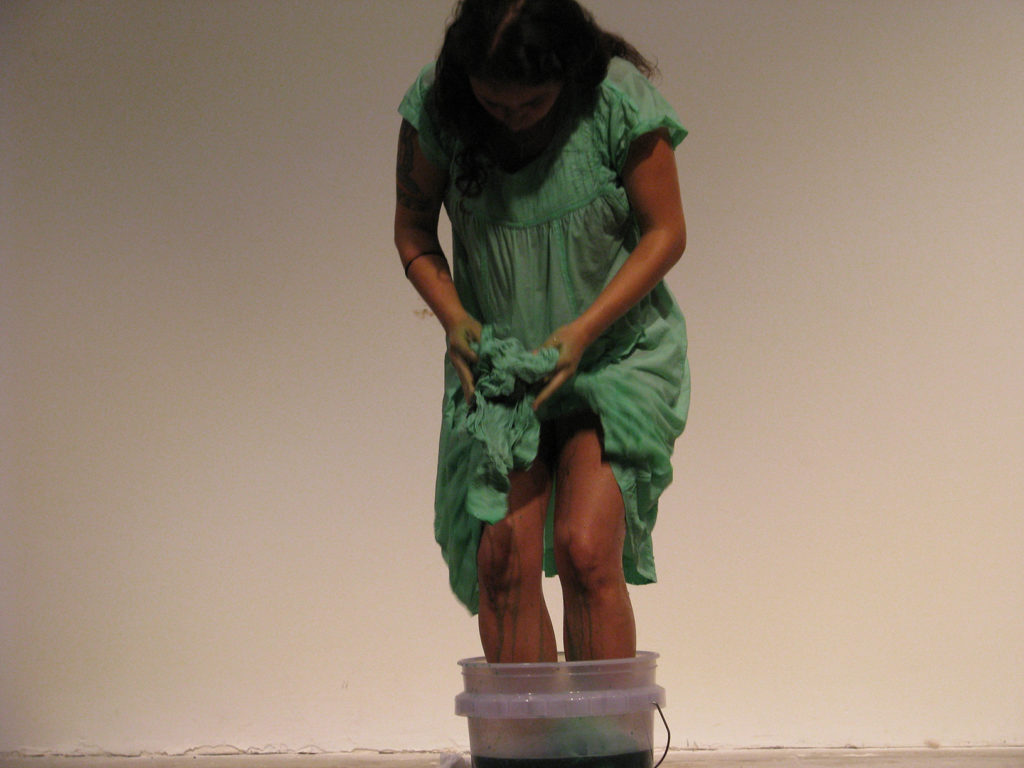
SN: You moved to the States to study dance at the Conservatory, Boston, MA. It was here where you became aware of the racial difference and racial status—can you talk about this? Perhaps mention the story [that you’ve mentioned to me about]auditioning and getting the lead part to a dance? Was it then that you received the respect of your peers?
JB: I moved to the U.S. when I was 18. I really wanted to study at NYU but could not afford the school, and ended up studying at the Conservatory after being offered a scholarship. When I first moved here many small things made me aware of the racial inequalities here in the States. Not that in Mexico it doesn’t exist but wasn’t that prominent to me. Cultural differences, like getting used to not kissing people on the cheek or hugging too close became very obvious to me. When I started at the Conservatory, I became friends with other “weird” kids, and others did not talk to us. It wasn't after I auditioned for a dance as a front liner that all of the sudden people started to acknowledge my existence.
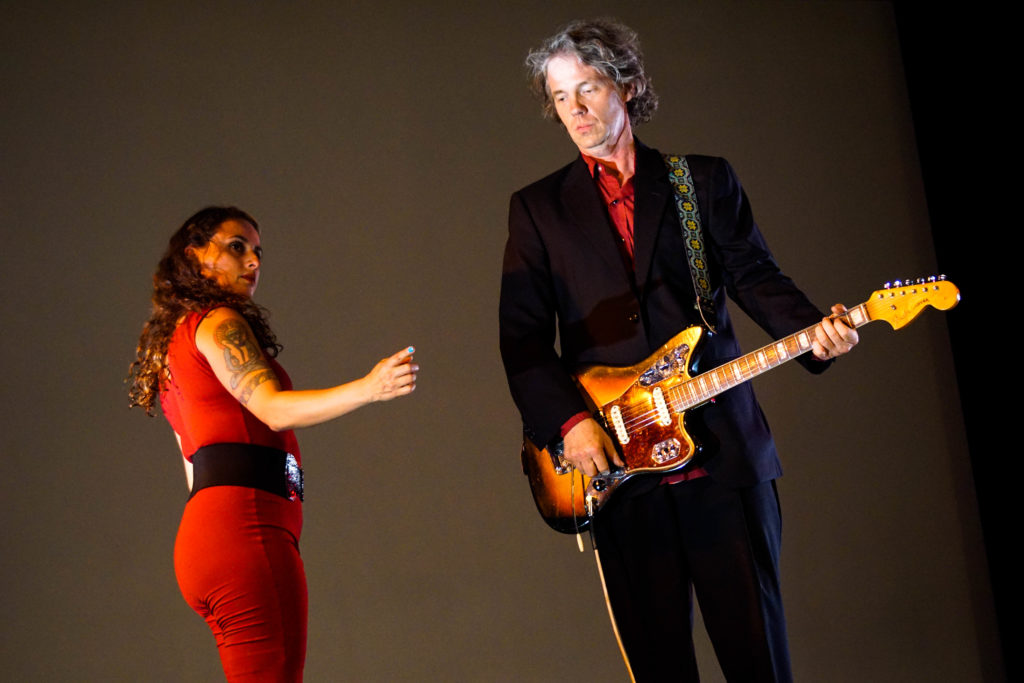 SN: Years later you applied to study at SIM (Studio of Interrelated Media) at MassArt for your MFA. How did you make that switch from dance to performance or more interrelated media? I know at MassArt you felt a sense of belonging, and really pushed yourself to make socially engaging work while thinking about borders, identity, and immigration?
SN: Years later you applied to study at SIM (Studio of Interrelated Media) at MassArt for your MFA. How did you make that switch from dance to performance or more interrelated media? I know at MassArt you felt a sense of belonging, and really pushed yourself to make socially engaging work while thinking about borders, identity, and immigration?
JB: What I did in Mexico and at the Conservatory was performing arts—completely conservative, not experimental. The audience and the performer were separate. The good dancer looked like Mark Morris, pretty, visually beautiful, and compositionally perfect. I once did an interactive dance performance piece using my back brace (from an injury)—perhaps it wasn’t the perfect piece, but I wanted to experiment. During a dance review of the piece, most comments referenced Frida Kahlo. This seemed like a cheap reference to me, just because I am Mexican and am using a back brace I am categorized immediately as derivative of Kahlo. I could never make my dance look “pretty” or “organized.” After graduating [the Conservatory]I continued to dance and be in strange music groups. I decided to go back to school to get my Master’s but wasn’t interested in dance Master’s programs. To my surprise, I was accepted to SIM, which was incredible and completely changed my world. I learned a lot about performance art and had a lot of freedom to explore themes I couldn’t before. The dialog at SIM was incredibly helpful to my practice. I felt like a had a voice.
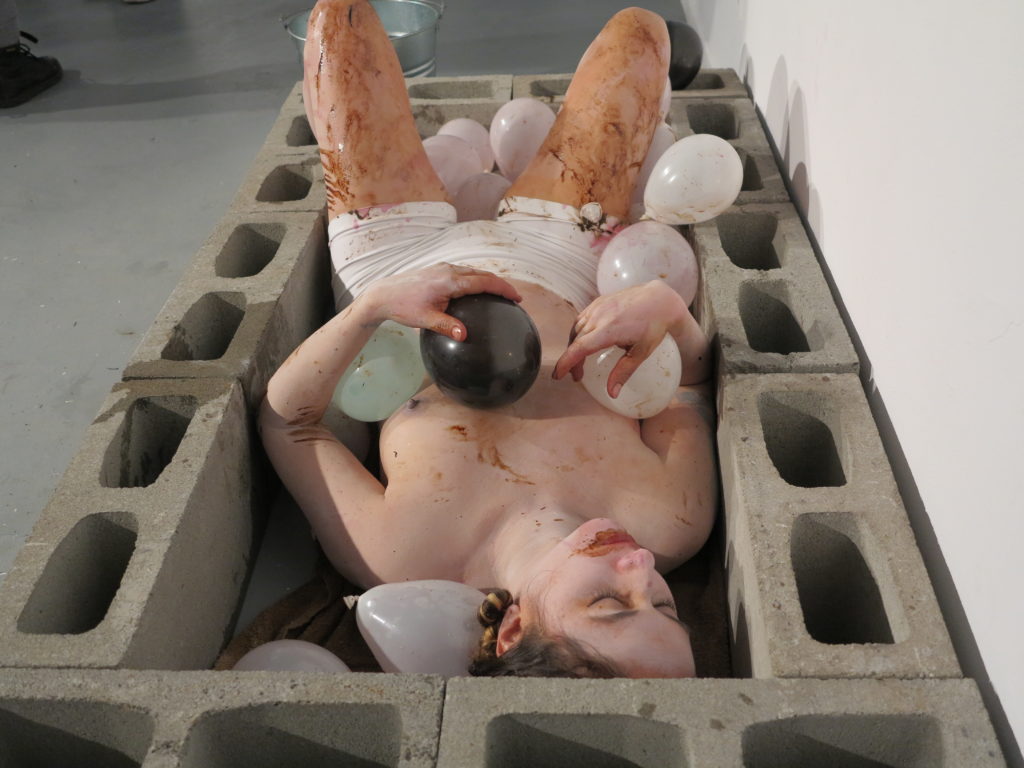 SN: You mentioned to me before that your dance performances started to look less pretty. Can you talk about this? Having seen you perform before, your work is very visceral and raw, yet very beautiful and touching. I am thinking of your work Untitled (cinder blocks) or Mojada.
SN: You mentioned to me before that your dance performances started to look less pretty. Can you talk about this? Having seen you perform before, your work is very visceral and raw, yet very beautiful and touching. I am thinking of your work Untitled (cinder blocks) or Mojada.
JB: When I speak about “pretty” it’s not a physical prettiness. It’s more about something that comes from the performing arts world that I was trained in that is very pleasing to the eye. It’s organized, you can understand it, it’s beautiful. I don’t think about physical beauty, at all, or about my appearance [when I perform]. In Mojada, 2008 [the title]meaning someone who is wet, or has a “wet back” (the derogatory name often used referring to Mexicans that have crossed the border), I was thinking a lot about immigration. I was wearing white, red, and green, the colors of the Mexican flag, a shirt with the image of Virgin Guadalupe (icon of the Mexican people) and layers of the clothing had words written on them which relate to statements or adjectives people use when they look at me (Mexican, little, cute). Using a dry erase marker, placing the clothes in a bucket with green paint and thinking about house cleaners, I stood inside the bucket of colored water and squeeze the paint. The white would become green from the coloring and reveal the word Mojada. In this work I wasn’t thinking about physical beauty per se, I was thinking about images that dealt with labor and identity.
I feel like I became more “Mexican” when I moved here rather than when I lived in Mexico City. My work has a lot to do with immigration, but even when I don’t focus on that topic, people still identify it as the immigrant experience because of what I look like.
 SN: Immigration and crossing borders between performer, dancer, and audience bring me your one-minute performances and your interactive performances. Can you talk about how you meld the boundaries of form and your interest in bringing the viewer into your work? And how do you take those ideas and work with them in relation to identity, race and power structures?
SN: Immigration and crossing borders between performer, dancer, and audience bring me your one-minute performances and your interactive performances. Can you talk about how you meld the boundaries of form and your interest in bringing the viewer into your work? And how do you take those ideas and work with them in relation to identity, race and power structures?
JB: The interactive aspect with the audience was very interesting to me because I couldn’t do it before, and didn't want the audience to be separate, but actually be part of the work. I was interested in the exchange. I know it has been done before, but to me, this was really new since I was coming from a traditional performing arts background. I started working on social experiments and social consequences, I realized that people are so obedient and do whatever you tell them to do. I made a piece from my experience in being detained in the airport, in a glass cubicle, without any explanation. I thought this was absurd, all the people who were there were non-white people. My final work at MassArt was about this experience, I kept the audience detained, go through lines, and wait without explanation, waiting to hear what would happen with their faith. That work became essential to my practice and how to make the audience part of the artwork and my experience, not to make them uncomfortable but to provoke thinking.
One of the one-minute performances I presented was called PDA. I found it very strange that in the United States, public display of affection is frowned upon, and people use terms like “Get a room.” So the stipulation was to perform for one minute and sat on people’s laps, hugging them, kissing them, asking them to love me, etc.
I am not interested so much in narrative, but more so in the experience. I start with many images and try to put them together without any sort of direct narrative, and am sure that if Freud were to look at these images he would say they mean something, and am sure they do.
 SN: Dragana Kovacevic, an audience member during the Gertrude lecture asks, how do you experience the difference of using your body in dance versus performance? And does it require the same amount of effort?
SN: Dragana Kovacevic, an audience member during the Gertrude lecture asks, how do you experience the difference of using your body in dance versus performance? And does it require the same amount of effort?
JB: I have such a hard time defining myself as anything. I have been having this conflict for the last few years, asking what is dance versus what is performance in my work, and I realize both are both. The main difference is that when I work with dance it has very specific counts, there’s a separation with the audience, and I have to execute perfectly, especially if dancing for someone else. When I work with performance, it’s not about perfection or my body being something you have to look at.
For dance, I could practice for months and be as perfect as possible. But performance is more conceptual, which still requires effort, but it’s more risky. I am scared of it, and don’t know what’s going to happen until I actually do it, and it’s more about being in the moment, emotional and real.
SN: Ode to art curator, critic, and art historian Hans Ulrich Obrist: are there any utopian projects that you haven’t yet been able to carry out?
JB: I always wanted to do an interactive performance piece utilizing an entire building. I am doing a small version of it this fall in my house.
Jimena Bermejo is a multidisciplinary artist focusing on movement and performance. She sees her body as a tool to create a dynamic and intimate relationship with an audience. She elicits a combination of physical and emotional engagement in pieces woven from memories, music, social issues, and human relationships. Recently, Jimena has shown her work at Le Lieu in Quebec, 808 Gallery in Boston, Mobius Gallery, Green Street Studios and The Dance Complex in Cambridge. She has also shown at the ArtBeat and SomDance Festivals in Somerville. Jimena is currently a member of Mobius Artists Group and Caitlin Corbett Dance. She holds an MFA from Massachusetts College of Art and Design's Studio for Interrelated Media and a BFA in Dance from The Boston Conservatory and currently, she is faculty at Berklee College of Music, The College of The Holy Cross in Worcester, Boston Arts Academy and The Massachusetts College of Art and Design.
You can learn more about Jimena Bermejo and her work by visiting: www.jimenabermejo.com

